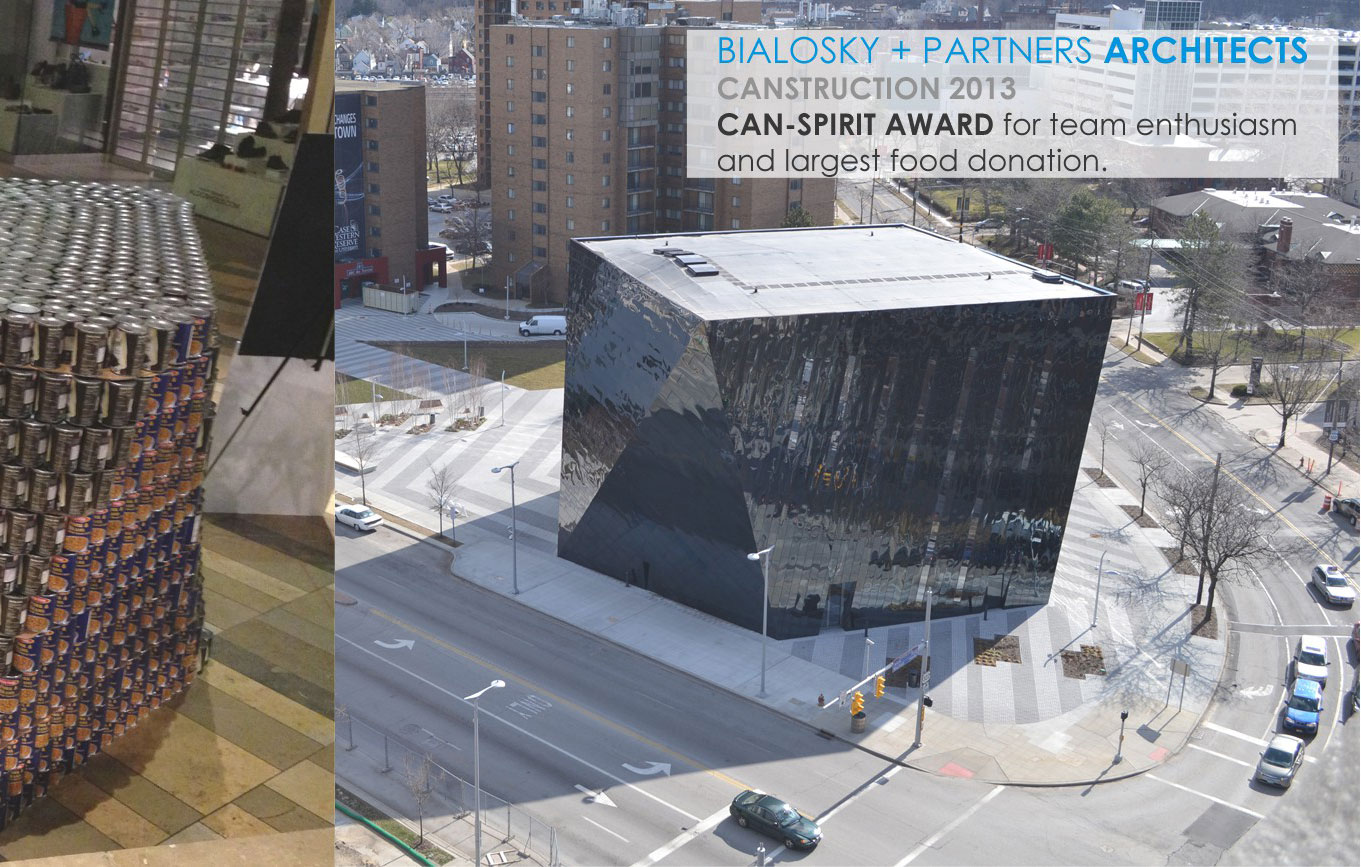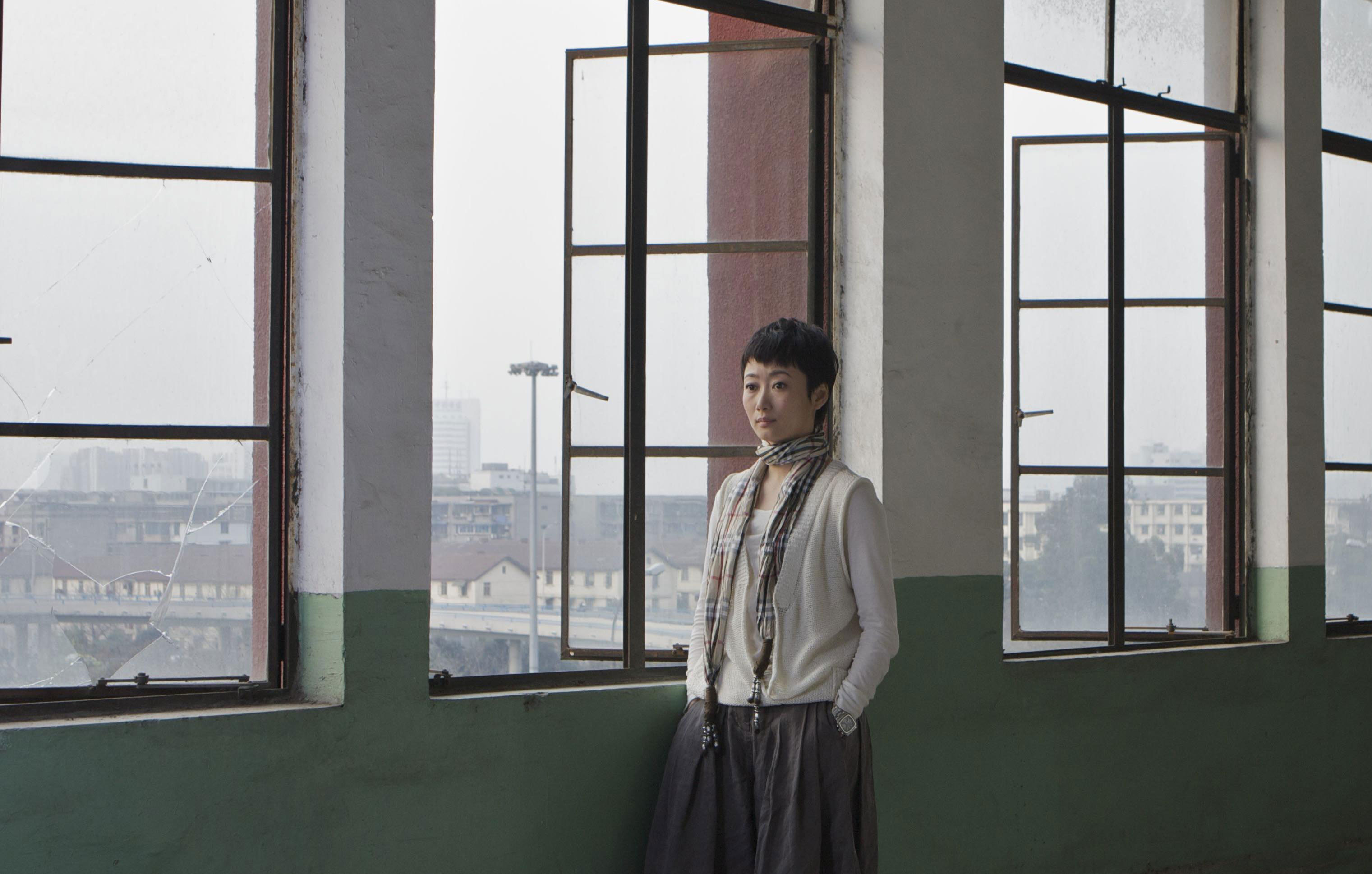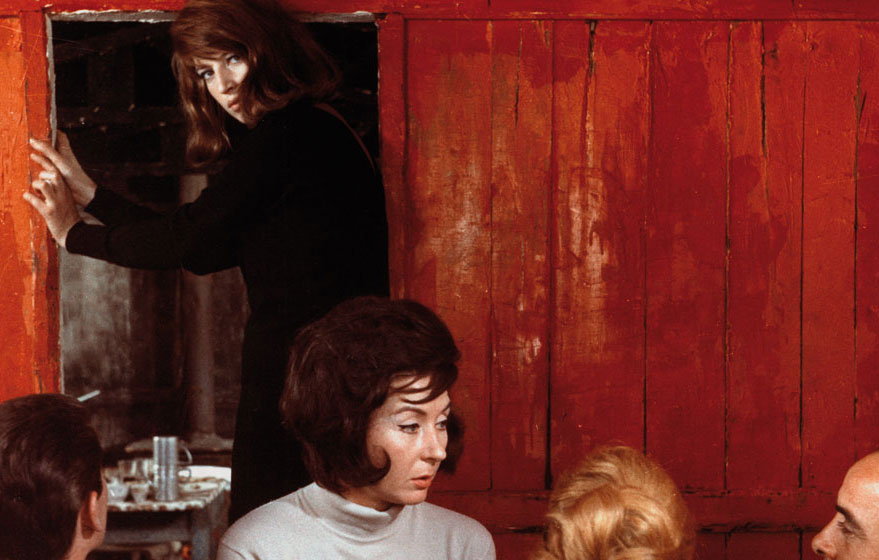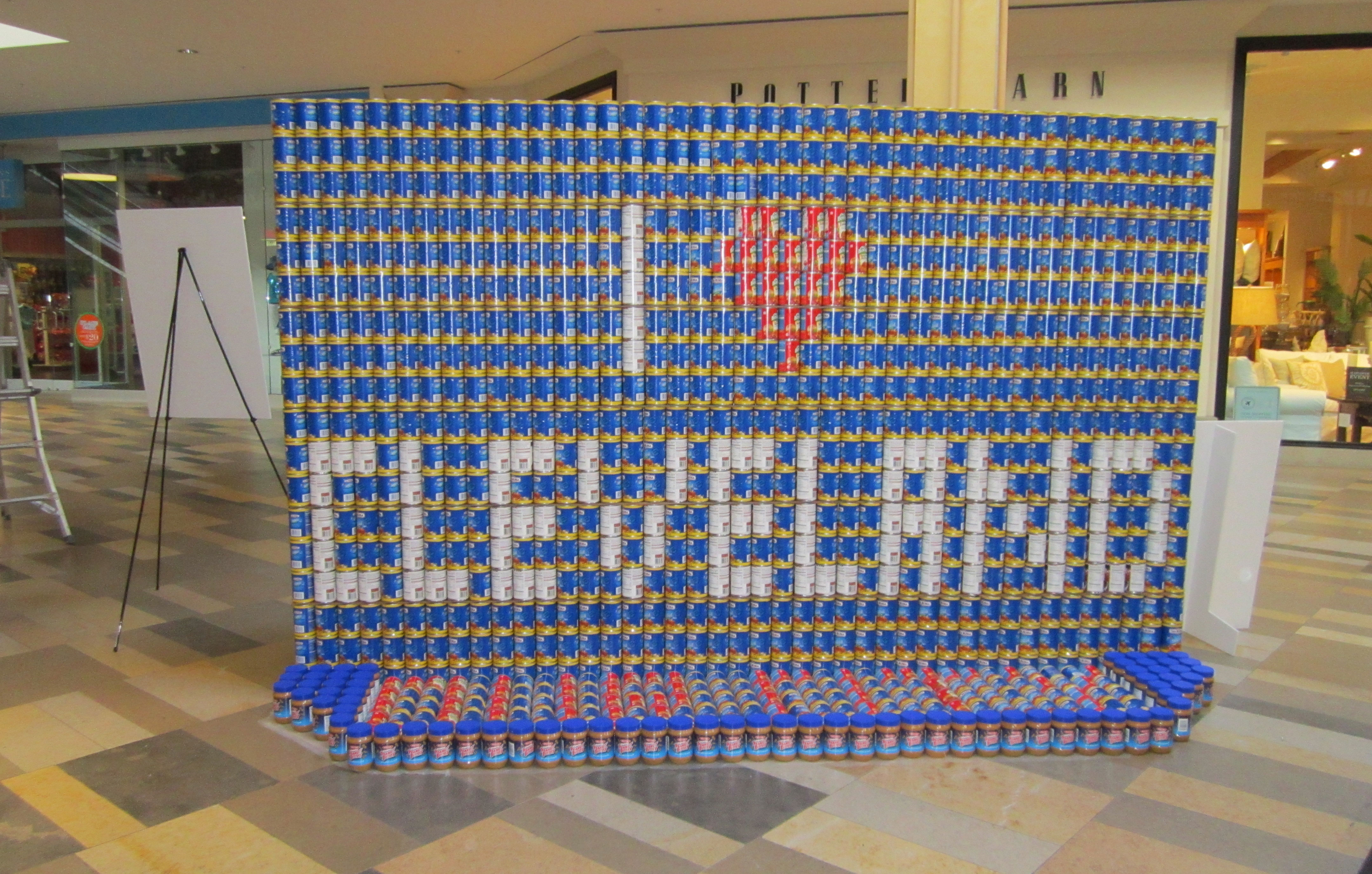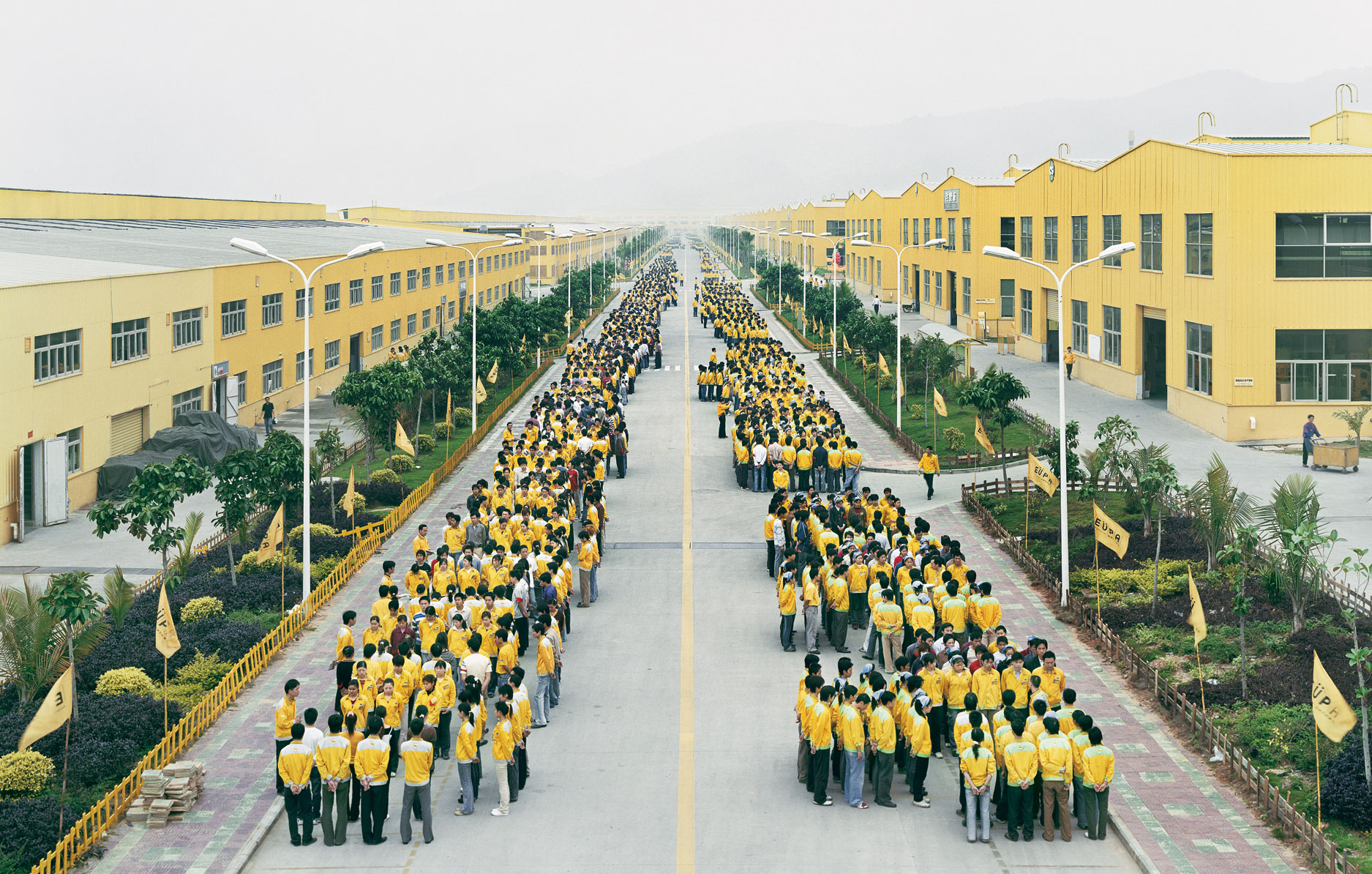Presenting the third installment of the blog series, A Designer's Winter Hibernation Film List, where both a designer from our office and a local design/film voice offer their top movies with a design/architectural/spatial element. This post features one of our newest BPA designers, Ted Ferringer. Additionally, Ted Sikora, director of Hero Tomorrow, and Professor Diane Davis-Sikora offer a joint list of films. (You'll notice all of today's film connoisseurs featured Manufactured Landscapes.)

Stranger Than Paradise (1984)TED FERRINGER, Associate AIA, Bialosky + Partners Architects This is a list of movies have been influential in developing my design thinking. Some directly speak to architectural issues, others are slightly more amorphous and tangentially related. This list is personal, it is not meant as an influential list to the architecture profession as a whole, which would surely look much different. 1. Eternal Sunshine of The Spotless Mind (2004): Produced by Michel Gondry, Eternal Sunshine is at once a surreal, melancholic, existential and whimsical trip through the nature of love and memory. The story, based around two ex-lovers, who “meet” after jointly but separately having their memories of one another selectively erased, is told in reverse from when they first (re)meet to backwards to their first (real) meeting. As notions on the relationship between time, place, and experience in design evolve, Eternal Sunshine offers a cautionary tale of happiness without memory or experience. 2. Zidane: A 21st Century Portrait (2006): "23 April 2005, an ordinary day, will events be remembered or forgotten?" opens this documentary that follows the French soccer great through a Spanish La Liga match between his team, Real Madrid and Villareal. Unlike a traditional movie, much less a traditional sports documentary, very little context is given to the viewer to what is taking place in the rest of the match or on the pitch. Featuring a moving score by Scottish post-rock band, Mogwai, the viewer often has little idea which team has the ball, where on the pitch Zindane is or where active play is –through editing, this documentary reminds us context can be constructed and manipulated to frame a story. While never released in the United States commercially, locally, The Cinematheque at CIA has had a few showings. 3. Notes For Those Beginning The Discipline of Architecture: Alternate Ending 1 – The Glimmering Noise (2006): Finally a movie on this list directly about architecture. Expect it is not at all. Created by one of the freshest young voices of the post-starchitect generation of designers, Michael Merideth of MOS, through a part-manifesto, part-mockumentary, part-critique, part-post modern performance art, tackles the dynamics plaguing a profession that is questioning its role and importance in contemporary society. Notes For Those... speaks directly to the insecurities designers feel explaining their work. This film is a densely layered post-crash treatise for a profession trying to find a raison d'etre as a culturally and intellectually meaningful discipline. 4. Manufactured Landscapes (2006): Featuring Canadian photographer and visual artist Edward Burtynsky's documentation of how humans have altered the landscapes of Earth. Rather than utilizing statistics, data, and analysis to convince the viewer to re-examine their relationship between human consumption, capitalism, and the environment, Burtynsky uses the emotion and beauty of visual language to craft a moving argument; the viewer is left to examine their own relationship between the haunting industrial landscapes and personal ethics. 5. Stranger Than Paradise (1984): Jim Jarmusch's first feature film, this indie flick, using a cast of non-traditional actors captures much of the detachment and emptiness of urban American living in the 70s and 80s. Jarmusch uses an attitude that was influential in capturing the detached urban cool of New York City and to a lesser extent, the Rust Belt post-industrial style grit of Cleveland as aesthetics to embrace, not ignore, while not so subtly taking a pot-shot that the money, fun, and success found in the Sun Belt of America isn't the bill of goods it is sold as.

Renaissance (2006)
TED SIKORA, Cinematographer, Hero Tomorrow & DIANE DAVIS-SIKORA, Professor of Architecture, Kent State University
- Manufactured Landscapes (2006): A documentary that follows photographer Ed Burtynsky in his quest to capture a collection of incredible, jarring man-made landscapes. The imagery is both breathtaking and alarming in its scale and environmental impact with extraordinary cinematography, including a haunting eight-minute opening dolly shot inside a massive Chinese factory.
- Dreams (1990): Film legend Akira Kurosawa crafts a series of his personal dreams in this surreal collection of short films. Kurosawa introduces us to weeping demons, peach tree spirits, and ghostly soldiers, in gorgeous settings that include erupting volcanoes, blizzards, waterwheel villages, and a walkable path within the brush stokes of van Gogh. The result is unlike anything you’ve ever experienced within your waking life.
- Waking Life (2001): Shot on cheap dv cameras, then painstakingly rotoscoped, the film is both cinematically groundbreaking and intellectually profound. Is it a dream or an after-death experience? We can’t quite remember, but wow.
- Renaissance (2006): A beautiful high contrast, black-and-white, animated film executed exclusively through the use of motion capture and computer graphics. The film’s highly stylized 3D animation is extraordinary in its depiction of Paris (circa 2054).
- Cube (1997): Natali’s Cube offers a technological game of cat and mouse. Set within and sterile giant morphing ‘Rubik’s-cube-like’ space, this 92-minute journey is sci-fi maze of terror like no other.
- Arts Prize Channel (2011- present): A short documentary series by Ted Sikora, now with 34 films on some of Cleveland’s most diverse and talented folks who have had the honor of winning The Cleveland Arts Prize. www.artsprize.com


